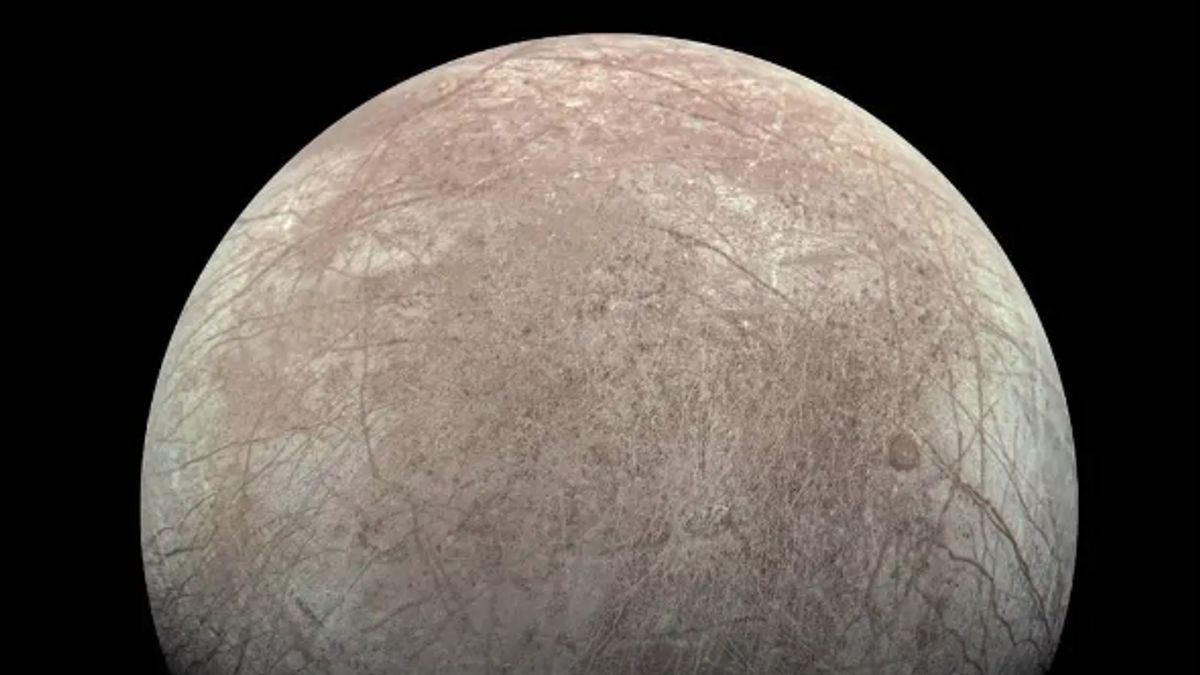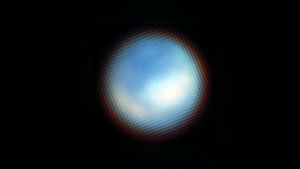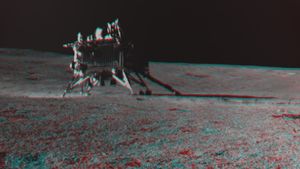JAKARTA - The United States Aeronautics and Space Administration's (NASA) James Webb Space Telescope detected the presence of carbon dioxide on Jupiter's moon, Europa, recently.
With this discovery, scientists believe that there is a sea of saltwater several kilometers below Europa's icy surface. They also hope that this hidden water can be used by humans.
Quoted from Sciencealert, carbon on Europa was first detected in an area of 1,800 kilometers. This area where there is a lot of chaos with jagged hills and full of cracks is called Tara Regio.
There is no research that can explain the cause of this destruction. However, a number of scientists believe that warm water from the sea rises to cause the surface of the ice to crumble, then refreezes into uneven cliffs.
VOIR éGALEMENT:
Planetary Scientist Samantha Trumbo of Cornell University concluded that the carbon that came to the surface most likely came from the deep ocean. However, due to the lack of data, they also do not deny that the carbon comes from rock-like carbonate minerals which can decompose when exposed to radiation.
Scientists are increasingly convinced of the existence of a salty ocean because sodium chloride or table salt was detected in the Tara Regio region. Some areas also appear yellower than other white plains on Europa, leading scientists to believe the salt emerged from the ocean.
To prove the truth of salty oceans, NASA plans to make two missions. These two missions will use the European Space Agency's Jupiter spacecraft, Juice, and NASA's Europa Clipper spacecraft. Each aircraft will be launched in April and October 2024.
The English, Chinese, Japanese, Arabic, and French versions are automatically generated by the AI. So there may still be inaccuracies in translating, please always see Indonesian as our main language. (system supported by DigitalSiber.id)


















